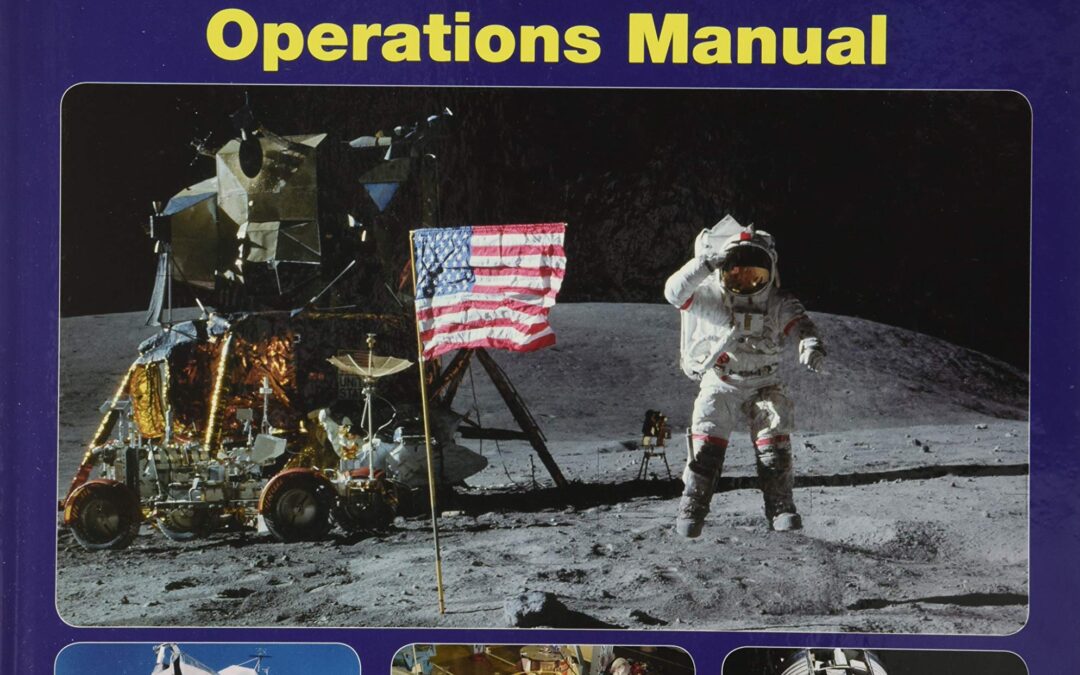
Published to coincide with the 50th anniversary of the first Moon landing by Apollo 11.
The story of Apollo has been told many times, but most accounts stop at the first landing. This book picks up where others have left off, and describes the five post-Apollo 11 Moon landings, defined as technical developments built upon engineering excellence. It was only through the robust design adopted when aerospace contractors first designed and built the Apollo spacecraft and the Lunar Module that successive evolutions were possible, taking lunar-landing operations far beyond what had first been envisaged.
This book is not intended to tell the full story of each mission, but rather to describe the technical development of spacecraft and equipment necessary to grow the capability from a single EVA
(‘moonwalk’) of less than three hours, to advanced missions where astronauts spent three full working days exploring their landing sites. With the aid of a Lunar Roving Vehicle, they collected a wide
variety of rocks and soil and left a range of instruments at the surface powered by a thermonuclear generator. As interest grows in humans returning to the Moon, 50 years on from those pioneering days of lunar exploration, we look again at what was accomplished at the dawn of the Space Age, spurred on by a political goal and developed as a tool for science.
The story of the Apollo Moon missions is an expression of those achievements.

“The authoritative masterpiece” (L. A. Times) on the Apollo space program and NASA’s journey to the moon
This acclaimed portrait of heroism and ingenuity captures a watershed moment in human history. The astronauts themselves have called it the definitive account of their missions. On the night of July 20, 1969, our world changed forever when Neil Armstrong and Buzz Aldrin walked on the moon. Based on in-depth interviews with twenty-three of the twenty-four moon voyagers, as well as those who struggled to get the program moving, A Man on the Moon conveys every aspect of the Apollo missions with breathtaking immediacy and stunning detail.
A Man on the Moon is also the basis for the acclaimed miniseries produced by Tom Hanks, From the Earth to the Moon, now airing and streaming again on HBO in celebration of the 50th anniversary of Apollo 11.
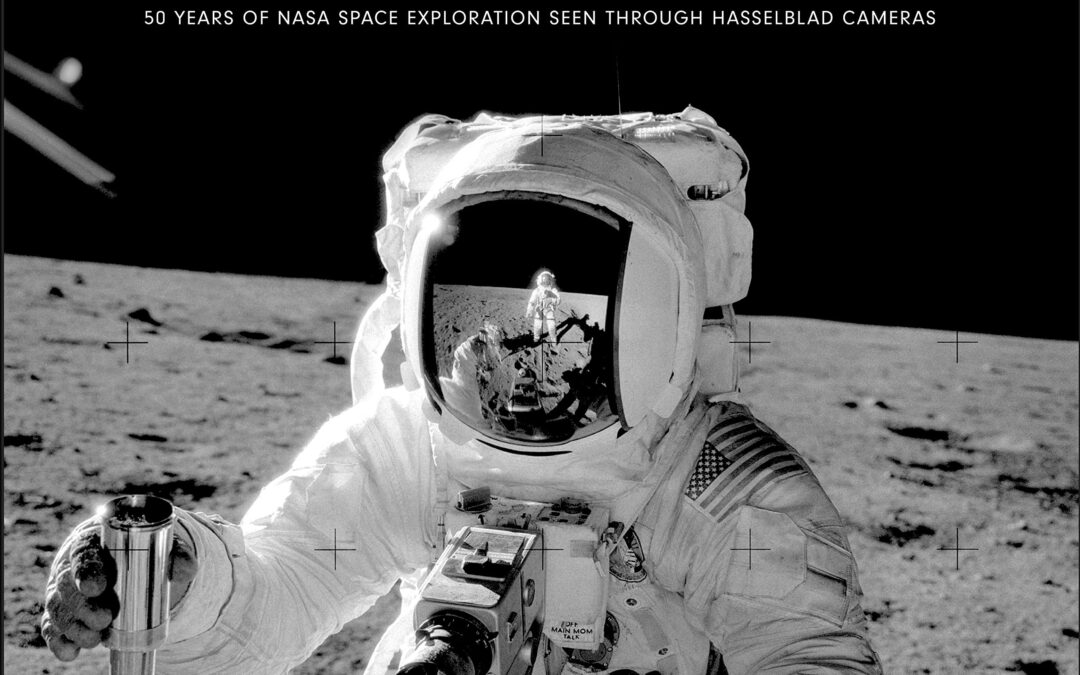
Available in paperback to commemorate the 50th anniversary of the Apollo 11 moon landing, Moonshots presents stunning photos of space and Earth from NASA’s archives—taken by Gemini, Apollo, Space Shuttle, and ISS astronauts using high resolution Hasselblad cameras.
In December 1968, the crew of Apollo 8 captured images depicting Earth hanging like a lonely fruit in the vast darkness of space. The social and spiritual shock of that photograph—and those which followed—never fully diminished, even as Apollo missions followed at an incredible pace, including the first lunar landing on July 20, 1969.
Moonshots is the definitive photographic chronicle of NASA space exploration, featuring more than 200 remarkable large-format photographs from that eventful era. Though a number of these images have been reproduced in books and magazines over the years, one attribute of this incredible collection has seldom been exploited: the sheer size and resolution of the photography. Aerospace author Piers Bizony scoured NASA’s archives of Hasselblad film frames to assemble the space fan’s ultimate must-have book.
This resulting volume extracts a stunning selection of photographs captured by astronauts using Hasselblad equipment, many of them seldom previously published. The Apollo voyages form the centerpiece of this amazing collection, but equally fabulous images from precursor Gemini missions are also featured, along with later photographs chronicling Space Shuttle missions and even the construction of the International Space Station.
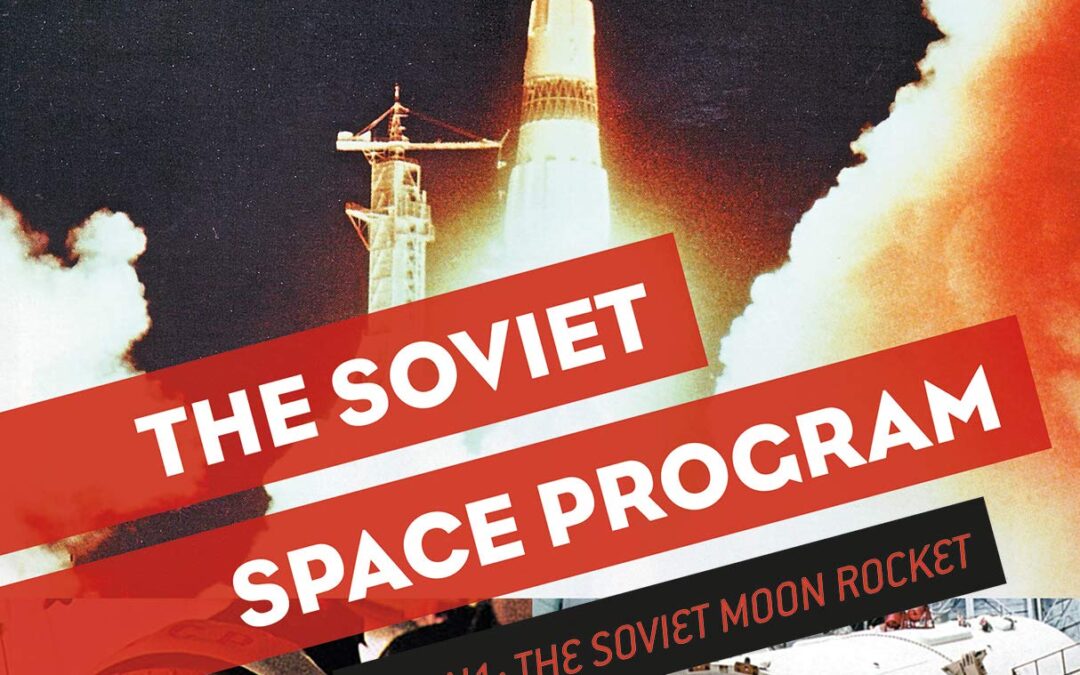
The N1 was the booster rocket for the Soviet manned moon program and was thus the direct counterpart of the Saturn V, the rocket that took American astronauts to the moon in 1969. Standing 345 feet tall, the N1 was the largest rocket ever built by the Soviets and was roughly the same height and weight as the Saturn. Though initially ahead of the US in the space race, the Soviets lagged behind as the pace for being first on the moon accelerated. Massive technical and personnel difficulties, plus spectacular failures, repeatedly delayed the N1 program. After the successful American landings on the moon, it was finally canceled without the N1 ever achieving orbit. The complete history of this rarely known Soviet program is presented here, starting in 1959, along with detailed technical descriptions of the N1’s design and development. A full discussion of its attempted launches, disasters, and ultimate cancellation in 1974 completes this definitive history.
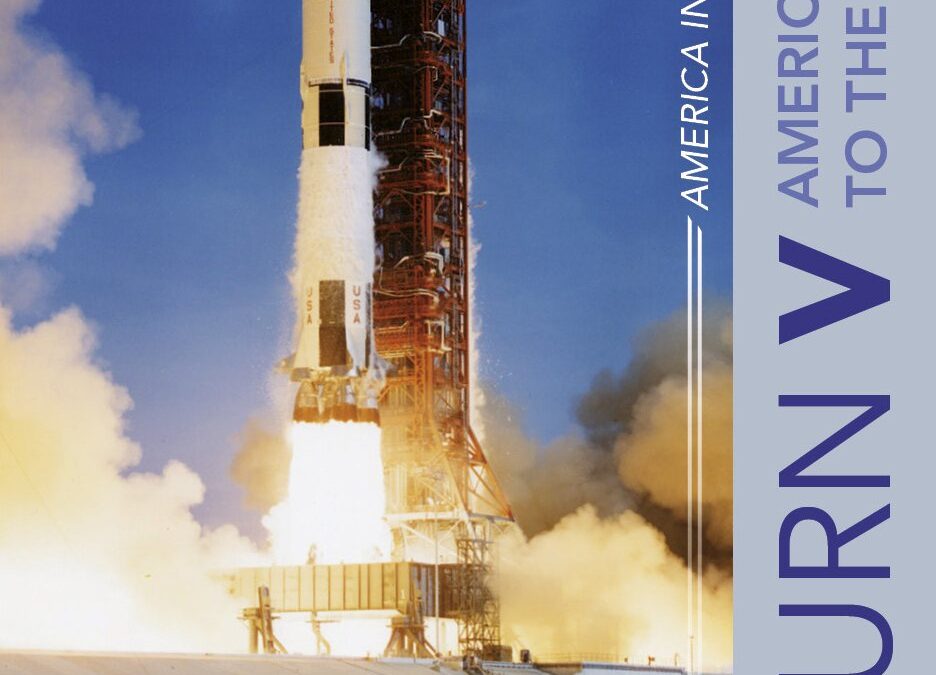
Without the mighty Saturn V rocket, the Apollo 11 moon landing would not have been possible in July 1969. Even today, nearly fifty years later, it remains by far the largest and most powerful rocket ever used. Equipped with computers that are easily surpassed today by any mobile phone, the Saturn V was an unprecedented technical achievement. This book, part of the America in Space series, tells the gripping story of the development and creation of the Saturn V in concise, detailed text, and features numerous high-quality color images, technical drawings, and specification/dimension charts. As well as a detailed look at the Saturn V’s design and construction, all thirty-two Apollo missions are discussed, including the later Skylab and Apollo–Soyuz Test Project.

The moon landing remains the most astonishing and impressive accomplishment of manned space travel to this day. In July 1969, just eight years after President John F. Kennedy announced the bold plan, the first astronaut set foot on another celestial body. While Project Apollo: The Early Years covered the exciting developments from the first project drawings to the unmanned first flight of the mighty Saturn V, this book covers the later years of the Apollo era, in all its fascinating detail, including the test flights in Earth’s orbit; the first orbits of the moon; the legendary Apollo 11 mission; the drama of Apollo 13; and Apollo 17, the last manned moon flight in 1972. Experience this era through exciting accounts, radio transcripts, and impressive photographs and diagrams.

Jonathan Ward takes the reader deep into the facilities at Kennedy Space Center to describe NASA’s first computer systems used for spacecraft and rocket checkout and explain how tests and launches proceeded. Descriptions of early operations include a harrowing account of the heroic efforts of pad workers during the Apollo 1 fire. A companion to the author’s book Countdown to a Moon Launch: Preparing Apollo for Its Historic Journey, this explores every facet of the facilities that served as the base for the Apollo/Saturn missions. Hundreds of illustrations complement the firsthand accounts of more than 70 Apollo program managers and engineers.
The era of the Apollo/Saturn missions was perhaps the most exciting period in American space exploration history. Cape Canaveral and Kennedy Space Center were buzzing with activity. Thousands of workers came to town to build the facilities and launch the missions needed to put an American on the Moon before the end of the decade.
Work at KSC involved much more than just launching rockets. It was a place like none other on Earth. Technicians performed intricate operations, and hazards abounded everywhere, including lightning, fire, highly-toxic fuels, snakes, heat, explosives, LOX spills, and even plutonium. The reward for months of 7-day workweeks under intense pressure was witnessing a Saturn V at liftoff.
For anyone who ever wished they had worked at Kennedy Space Center during the Apollo era, this book is the next best thing. The only thing missing is the smell of rocket fuel in the morning.
Countdown to a Moon Launch
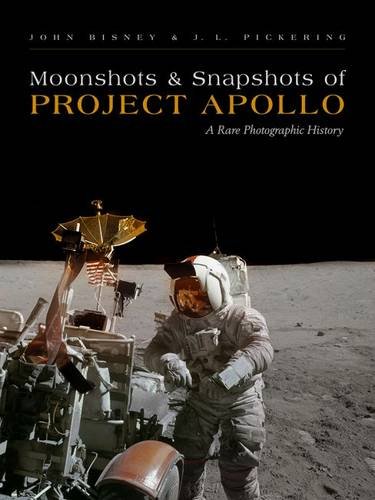
In this companion volume to their extraordinary book of rare photographs from the Mercury and Gemini missions, John Bisney and J. L. Pickering present the rest of the Golden Age of US manned space flight with a photographic history of Project Apollo.
Beginning in 1967, Moonshots and Snapshots of Project Apollo chronicles the program’s twelve missions and its two follow-ons, Skylab and the Apollo-Soyuz Test Project. The authors again draw from rarely seen NASA, industry, and news media images, taking readers to the Moon, on months-long odysseys above Earth, and finally on the first international manned space flight in 1975.
The book pairs many previously unpublished images from Pickering’s unmatched collection of Cold War-era space photographs with extended captions–identifying many NASA, military, and contract workers and participants for the first time–to provide comprehensive background information about the exciting climax and conclusion of the Space Race.
Norman James
Building Moonships
A Ribbon of Road in the Moonlt
Moon Equipped
Moonfire
Sacramento’s Moon Rockets

Have fun koloring these famous Barris Kustoms with illustrations by some of the top artists in the industry!
A collection of 26 illustrations of select cars, the design styles range from lowbrow to semi-realistic. Each image reflects the Barris Kustoms style and honors what George, Sam and Barris Kustoms were all about.
Add your own paint job to these unique vehicles:
Kopper Kart – Sam’s Merc – Emperor – Ala Kart – Silver Sapphire – Golden Sahara – Vox Mobile – Moonscope – Turbo Sonic – XPAC 400 – Beverly Hillbillies – Drag-u-la – Munster Koach – The CAR – Elvira Macabre Mobile – Red Foxx Wrecker – ZZR – Calico Surfer – Surf Hearse – Ice Cream Truck – Mail Truck – Alvin’s Acorn – Hirohata Merc
George Barris is undisputably the “King of the Kustomizers,” the most phenomenal kustom car builder ever. Barris created some of the best known and iconic cars of the 20th century, inlcuding the original TV Batmobile, the Munsters Koach, Hirohata Merc, Ala Kart and countless other made-to-order vehicles for movies, TV, and for the private use of his celebrity clients.
Art by Vince Ray, Dennis McPhail, Jeff Allison, Johnny Ace, Mike Bell, Shawn Dickinson, and Stephen Sandoval!
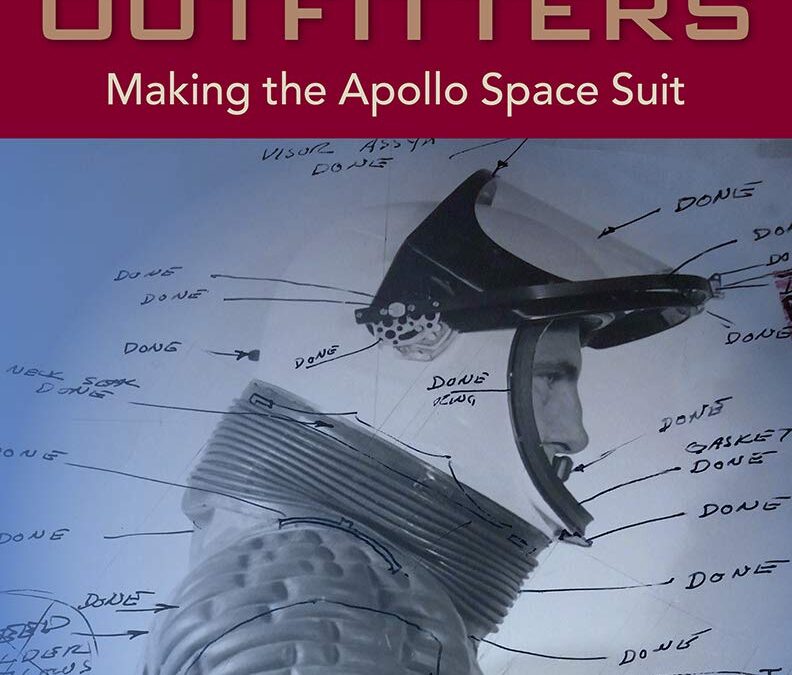
A fascinating behind-the-scenes history of a vital component of the space program, this book goes inside the suit that made it possible for human beings to set foot on the Moon. Bill Ayrey, longtime space suit test engineer at ILC Dover, draws on original files and photographs to tell the dramatic story of the company’s role in the Apollo Program.
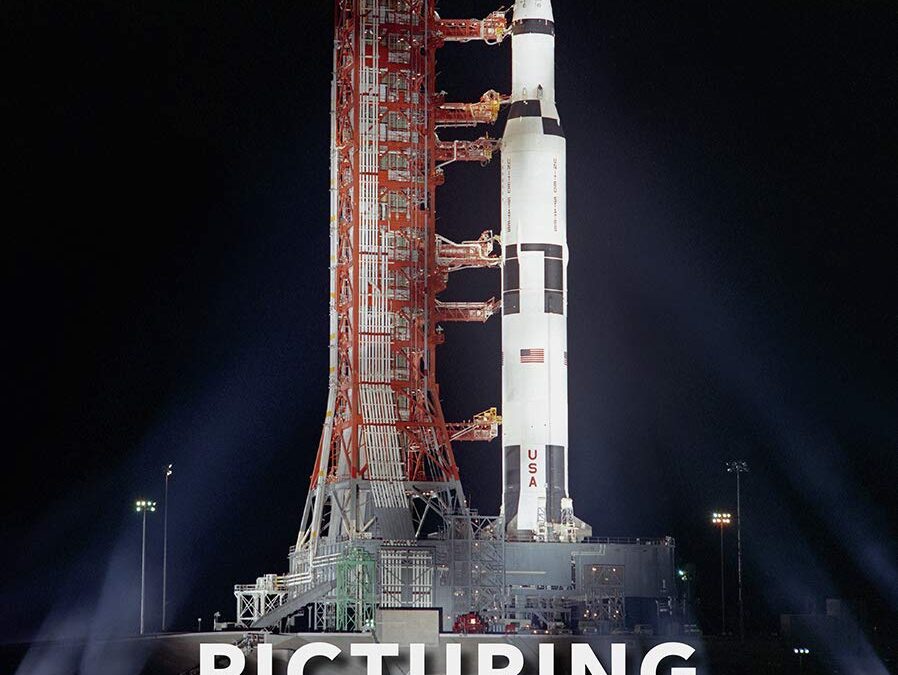
Picturing Apollo 11 is an unprecedented photographic history of the space mission that defined an era. Through a wealth of unpublicized and recently discovered images, this book presents new and rarely-seen views of the people, places, and events involved in the pioneering first moon landing of July 20, 1969.
No other book has showcased as many never-before-seen photos connected with Apollo 11, or as many photos covering the activities from months before to years after the mission. Starting with the extensive preparations, these images show astronauts Neil Armstrong, Michael Collins, and Buzz Aldrin training for the flight, as well as the stages of the massive Saturn V rocket arriving at the Kennedy Space Center for assembly. They capture the media frenzy over the unfolding story and the “moon fever” that gripped the nation.
Also featured here are shots of incredible moments from the mission. In these images, spectators flock to Cape Canaveral to watch the mighty Saturn V launch in a cloud of fire and thunder. Armstrong and Aldrin step out of the lunar module Eagle onto the surface of the moon. The command module Columbia splashes down in the Pacific Ocean, and the extraordinary voyage is celebrated around the world, and in the following decades.
Most of the photographs were selected from NASA archives and the collection of J. L. Pickering, which is the world’s largest private collection of U.S. human space flight images. The accompanying text by veteran space correspondent John Bisney details the scenes, revealing the astonishing scale and scope of activities that went into planning and executing the first moon landing. This book commemorates the historic mission and evokes the electric atmosphere of the time.
Foreword by Rick Armstrong
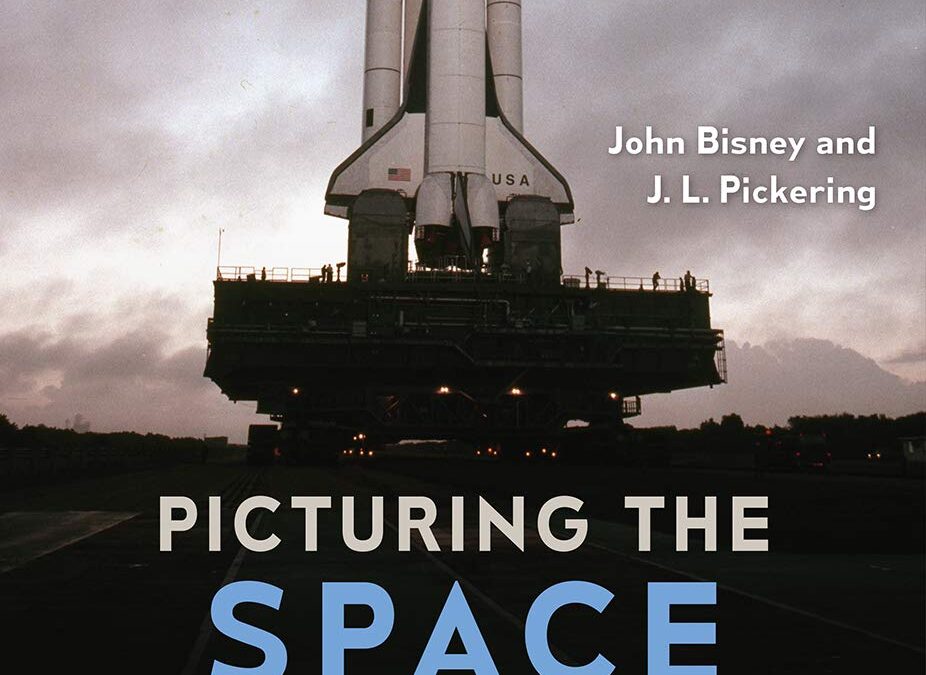
Rare views of the beginnings of the historic space program, selected and presented by two leading space flight authorities
After the excitement of the first Moon landing, the U.S. space program took an ambitious new direction closer to home: NASA’s Space Shuttle program promised frequent access to Earth orbit for medical and scientific breakthroughs; deploying, repairing, and maintaining satellites; and assembling a space station. Picturing the Space Shuttle is the first photographic history of the program’s early years as the world’s first spaceplane debuted.
Showcasing over 450 unpublished and lesser-known images, this book traces the growth of the Space Shuttle from 1965 to 1982, from initial concept through its first four space flights. The photographs offer windows into designing the first reusable space vehicle as well as the construction and testing of the prototype shuttle Enterprise. They also show the factory assembly and delivery of the Space Shuttle Columbia, preparations at the major NASA field centers, and astronaut selection and training. Finally, the book devotes a chapter to each of the first four orbital missions, STS-1 through STS-4, providing an abundance of seldom-seen photos for each flight.
Mostly selected from J. L. Pickering’s personal archive, the world’s largest private collection of U.S. human space flight images, the high-quality photographs in this book are paired with veteran journalist John Bisney’s detailed descriptions and historical background information. The book also includes images of NASA and shuttle contractor booklets, manuals, access badges, and press kits, as well as a foreword by Robert Crippen, the pilot of the first Space Shuttle flight. Picturing the Space Shuttle re-creates the excitement of an era in which the possibilities of space exploration seemed limitless.
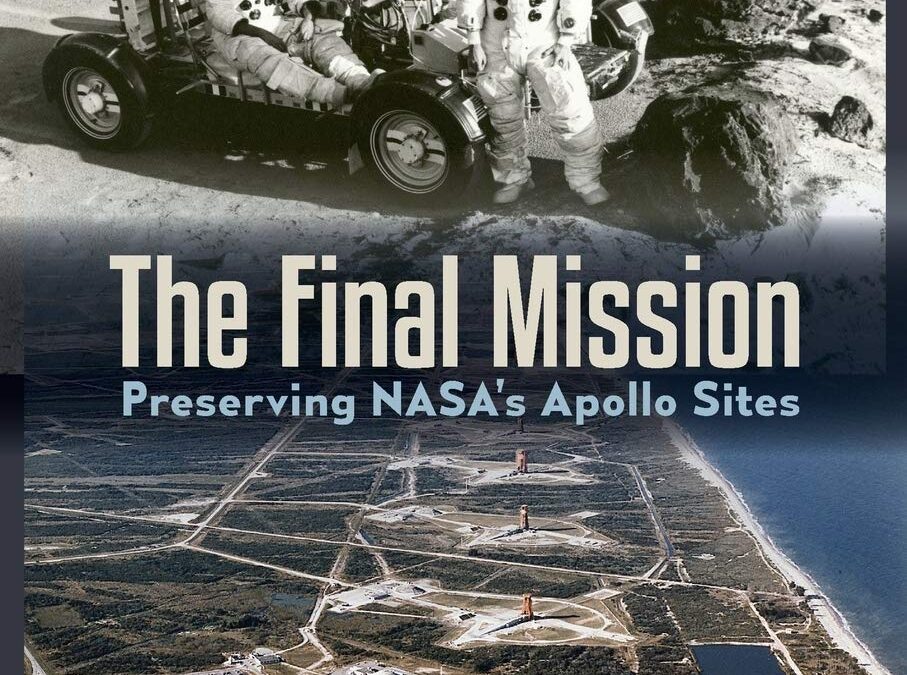
The world will always remember Neil Armstrong and Buzz Aldrin for their first steps on the moon, yet few today hold in respect the sites that made these and other astronauts’ journeys possible. Across the American landscape and on the lunar surface, many facilities and landing sites linked to the Apollo program remain unprotected. Some have already crumbled to ruins–silent and abandoned. The Final Mission explores these key locations, reframes the footprints and items left on the moon as cultural resources, and calls for the urgent preservation of this space heritage.
Beginning with the initiation of the space race, the authors trace the history of research, training, and manufacturing centers that contributed to lunar exploration. From the early rocket test stands of Robert H. Goddard, to astronaut instruction at Meteor Crater, to human and primate experiments at Holloman Air Force Base, innumerable places proved critical to developing the equipment for exploring space, surviving the journey, and returning to Earth safely. Despite their significance to the history of human spaceflight, many landmarks face the threat of damage or destruction. Most alarming is that the rapid advancement of technology renders stations obsolete long before they are deemed worthy of preservation. Moreover, the lack of precedence for protecting off-planet artifacts poses a unique challenge for space archaeology. While NASA’s 2011 recommendations for spacefarers suggest avoiding close proximity to this cultural landscape, the authors advocate stronger routes of preservation and present models for safeguarding space history–both on Earth’s surface and beyond.















